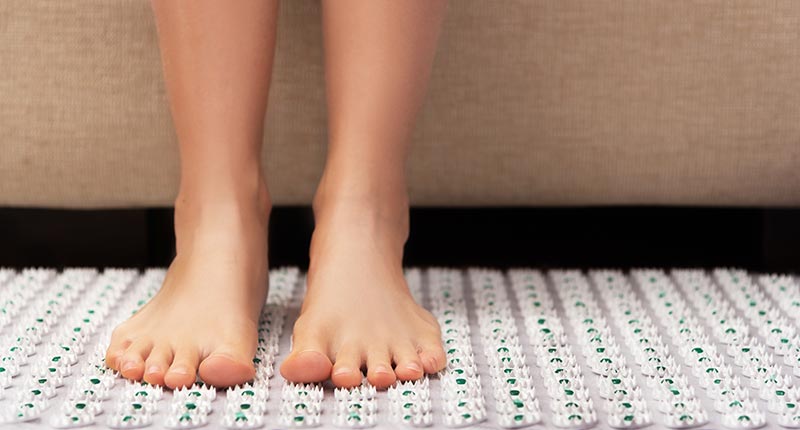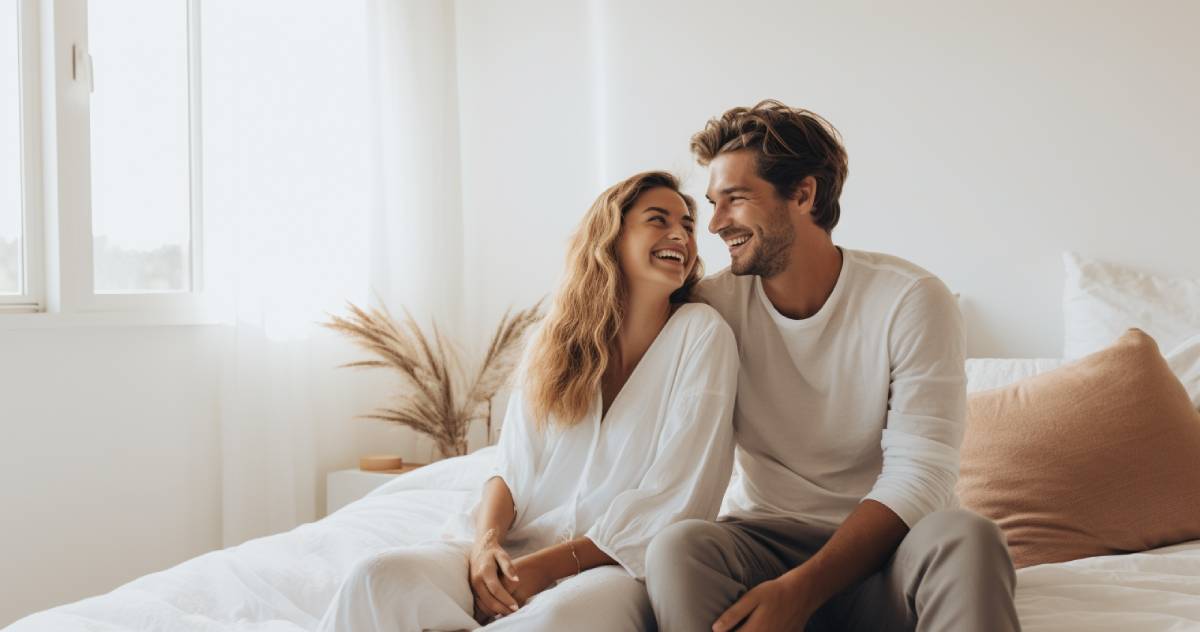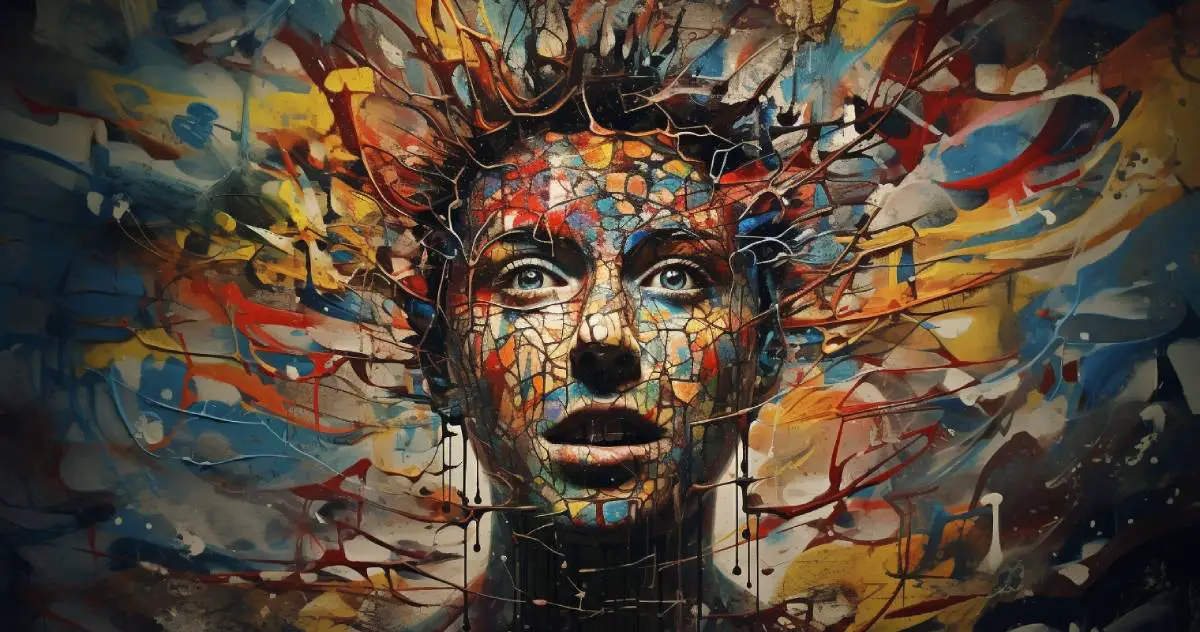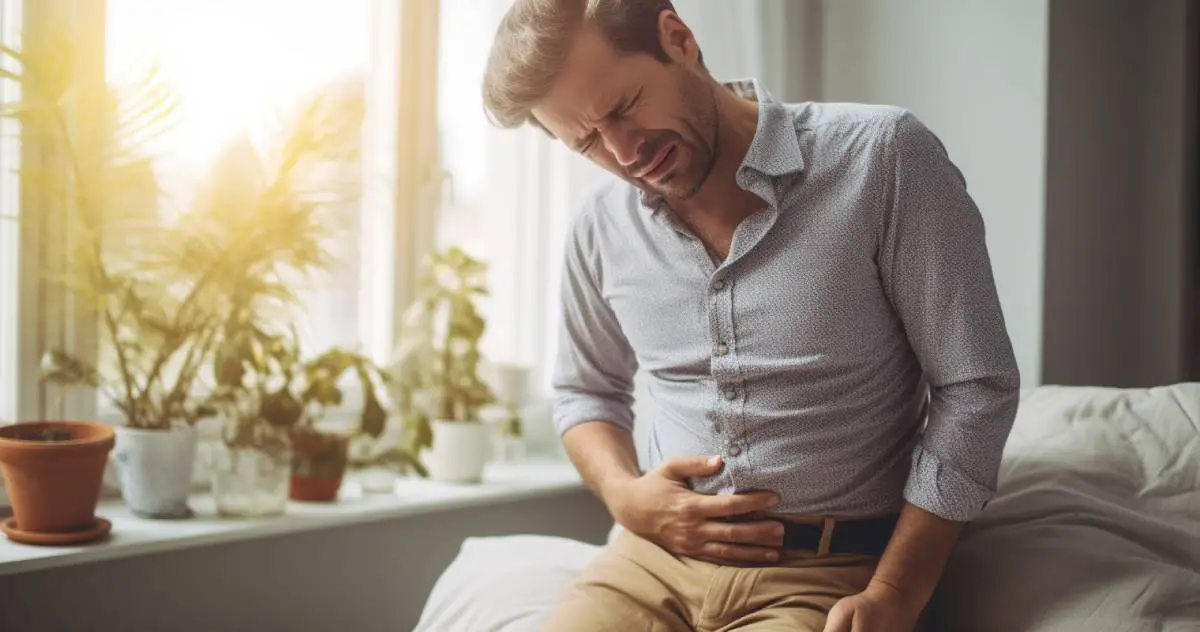Male pattern baldness is a mostly genetic condition related to hormonal changes. Generally, it involves a receding hairline and thinning hair on the crown of the head. Over time, the hair becomes thinner and shorter, creating a horseshoe shape. As you get older, the hair follicles shrink and deteriorate, and eventually, no new hair grows there.
Although male pattern baldness is an inherited condition, many other factors are linked with an increased rate of hair loss, including stress levels, smoking, and the use of certain medications. In Traditional Chinese Medicine (TCM), the health of the hair is regarded as being related to the blood, the liver, and the kidneys. Under stress, the organs cease to function properly, leading to poor circulation of blood throughout the body and the thinning or graying of hair. Acupuncture for male pattern baldness focuses on addressing hormonal imbalances and increasing the flow of blood to the top of the head.
Can You Have Acupuncture On Your Scalp?
Although the idea of inserting needles into the head might sound a little frightening to some, in reality, scalp acupuncture is a very safe technique. The treatment involves the insertion of acupuncture needles into the areolar tissue layer in order to stimulate the neurons below. The skull protects the brain, and the needles penetrate only into the soft tissues. When performed by a qualified professional, there is little to no risk of heavy bleeding. A systematic review and meta-analysis of 21 studies examining the use of scalp acupuncture for insomnia concluded that the technique was both effective and safe, with an extremely low incidence of adverse events.
Compared to standard creams and lotions or over-the-counter drugs, needling the scalp is a more experimental male pattern baldness acupuncture treatment. Although closely connected with Traditional Chinese Medicine, the clinical application of scalp acupuncture is based on Western studies of biomedical anatomy and brain physiology. In recent years, it has been used to help those recovering from strokes or other neurological problems, including Parkinson’s, Multiple Sclerosis, and Alzheimer’s disease. Medical case studies have demonstrated remarkable improvements in patients suffering from neurological conditions, sometimes in the space of a single scalp acupuncture treatment.
Can Acupuncture Restore Hair Follicles?

While more research is still needed to confirm the efficacy of acupuncture for male pattern baldness, a narrative review of eight clinical studies indicated the effectiveness of acupuncture and moxibustion treatments for alopecia areata, androgenetic alopecia, and seborrheic alopecia. Controlled studies have also demonstrated the effectiveness of electroacupuncture and acupuncture for alopecia areata. In a randomized controlled trial from 2011, patients treated with electroacupuncture and acupoint injection of Mecobalamim showed significant improvements compared to a control group. Since alopecia areata is caused by a rogue immune system surrounding and attacking the hair follicles, these studies suggest a possibly restorative effect on the hair follicles brought on by acupuncture treatment.
Scalp acupuncture promotes blood flow to the head, delivers nutrients to the hair follicles, and possibly stimulates growth. Acupuncture and moxibustion have been demonstrated to have an effect on levels of dihydrotestosterone (DHT), one of the hormones associated with male pattern baldness. Acupuncture treatments help to keep the body in balance and ensure that the kidneys and other organs continue to function properly, protecting against the immune reactions that are associated with hair loss.
According to this Twitter post, this man received several acupuncture treatments over the course of three months.
3か月でわかりやすい変化が出てきた方。
現段階では
新たに生えたというよりも
元々あった毛が抜けにくくなり
増毛した形になります????#ルート治療#育毛#薄毛#鍼灸 pic.twitter.com/MjYB6cE7H4— 西浦晃司@再生育毛鍼灸師/鍼灸院Roots (@Nissy_Fitness) May 29, 2021
Although the treatments did not grow new hair, they did help to protect the hair that remained, making it stronger and less likely to fall out.
What are the Acupuncture Points for Male Pattern Baldness?
Since we have already covered the key acupressure points for hair growth, including GB-20, we will focus here on specific acupuncture points for male pattern baldness.
Acupoint: GB-17 (Other Names: Gallbladder-17/Zheng Ying/Upright Construction)
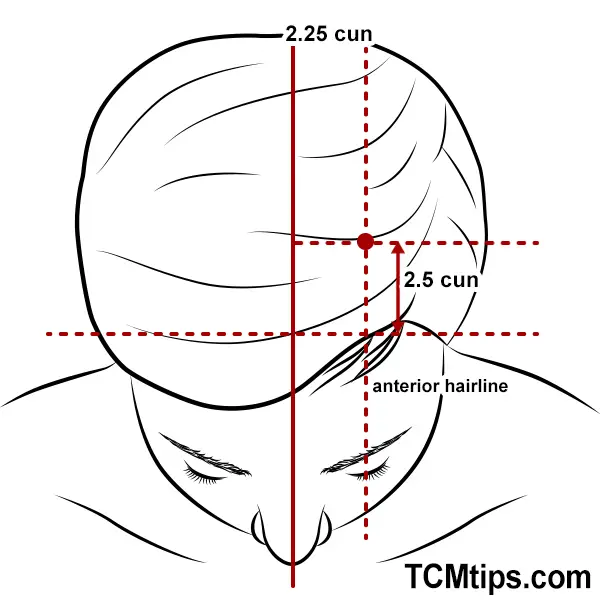

In addition to increasing blood flow and metabolism, stimulation at GB-17 calms the stomach and promotes the discharge of waste products from the gallbladder. Known as the Zheng Ying, this acupoint is located 2.5 cun above the anterior hairline and 2.25 cun lateral to the midline of the head.
Including this acupoint in a scalp massage promotes the flow of blood to the head. Use the pad of your finger and press firmly. Move your fingers in circular motions but don’t rub too vigorously as this will scratch and irritate your scalp and damage the hair. This is best done after a bath when both your hands and head are clean and warm.
Acupoint: Bl-23 (Other Names: Urinary Bladder-23/Shen Shu/Kidney Transporter)

In Traditional Chinese Medicine (TCM), dysfunction in the kidneys is associated with deficiencies in the hair, bones, and teeth, as well as the eyes. In order to treat thin or weakened hair, it’s necessary to smooth the flow of Qi and restore balance to the kidneys. The Shen Shu, as these acupoints are known in Chinese, are important acupressure points for eye floaters, for bone and dental health, and for promoting hair growth.
Bl-23, also known as the Kidney Transporter, is located close to the kidneys, on the lower back. Measure 1.5 cun out from the second lumbar vertebra. One effective way to practice acupressure for male pattern baldness at home is to lie on your back with a tennis ball underneath these points, moving slowly to apply pressure. Alternatively, use your middle or index fingers to apply pressure for up to two minutes.
Acupoint: ST-8 (Other Names: Stomach-8/Tou Wei/Head’s Corner)

The next acupuncture point for male pattern baldness is located just above the hairline on both corners of the forehead. Acupuncture at ST-8 soothes headaches and blurred vision, relieves pain, and brightens the eyes. The Tou Wei, as it’s known in Chinese, is among the acupressure points on the face for glowing skin.
ST-8 is also understood to be a good acupoint for promoting hair growth. Massage here gently with your finger for five minutes.
Acupoint: Bl-4 (Other Names: Urinary Bladder-4/Qu Chai/Deviating Curve)

Known as the Deviating Turn, Bl-4 is a great acupoint for headaches and nosebleeds or visual disturbances. Massaging this point also helps to relieve pain around the eyes.
Bl-4 is located on the frontal part of the scalp, 0.5 cun within the anterior hairline, and 1.5 cun lateral to the midline. Needling at Bl-4 is effective for treating hair loss around the forehead, making it among the best acupoints used in acupuncture for male pattern baldness.
Acupoint: GV-20 (Other Names: The Governing Vessel-20/Bai Hui/Hundred Convergence)
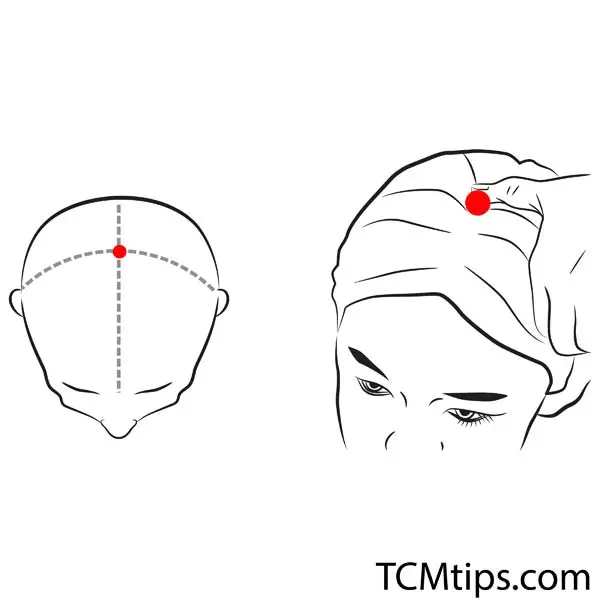
The Baihui acupoint, as it is known in Chinese, is located on the top of the head, 5 cun posterior to the anterior hairline. Stimulation here clears the mind and aids the memory, and may also help to treat depression. Baihui is often employed in the treatment of neurological and psychiatric diseases, including strokes, and can also be employed in acupuncture for male pattern baldness.
Needling this point improves blood circulation to the head. You can also stimulate it at home by pressing gently on the top of your head with your forefinger. GV-20 is especially good at treating “O-shaped” hair loss. Along with Bl-7, the Bai Hui acupoint is considered one of the most important acupuncture points used in acupuncture for hair thinning.
 P. Sze
P. Sze 




